Ficus pumila: description and rules of care
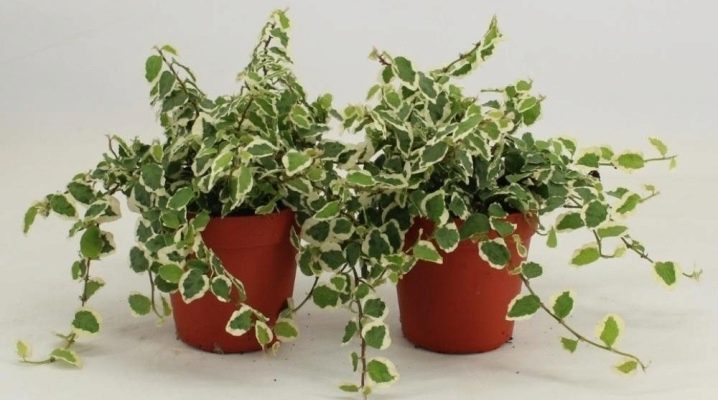
The name of this delicate herbaceous plant in translation means "tiny ficus", indeed the ficus pumila fully justifies its name. It belongs to dwarf ampelous plants, that is, it has creeping shoots.
Peculiarities
Pumila belongs to evergreen herbaceous plants. In nature, in its natural form, ficus can be found at home: in the forests in China, Vietnam, Taiwan and Japan.
The plant has thin, creeping stems that grow very quickly and spread over the ground or trees. The ficus clings to the bark with the help of aerial roots and wraps around the entire tree in a short time. Ornamental varieties are not as prolific and do not have such dimensions.
Ficus leaves are of two types:
young;
age.

Juvenile laminae are heart-shaped, which can range from rounder to elongated. Small, dense leaves 2.5-4 cm long and about 2 cm wide are kept on low petioles. They can be either smooth to the touch or slightly wrinkled.
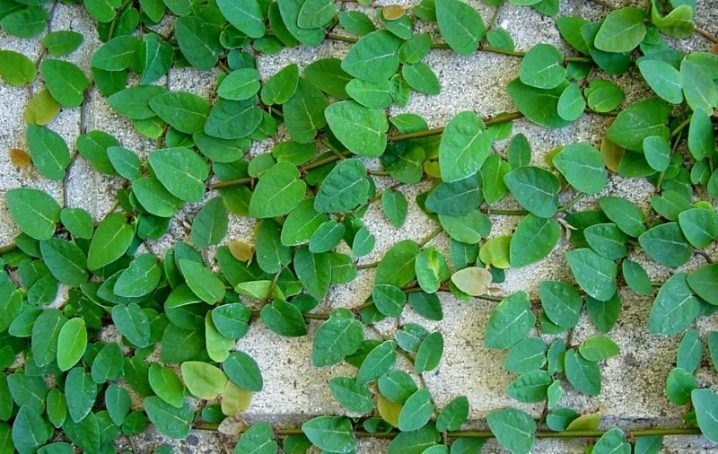
Mature leaves grow on already adult ficuses, they are much larger in size, reaching 10 cm in length. Their texture is much harsh; the underside of the plates has pronounced veins.
Stems are firm, rather thick, covered with strong bark. In nature, on shoots with such leaves, ficus fruits appear - syconia, round or pear-shaped, light green, and when ripe - orange. They are inedible, but used in traditional medicine.
Ornamental ficuses, which are grown at home, have only young leaves.
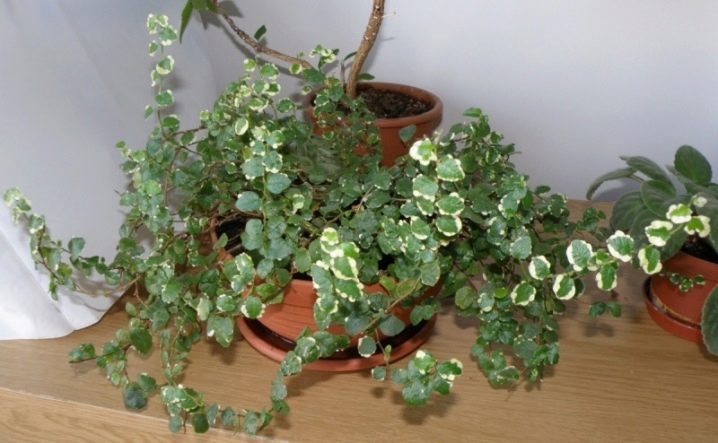
Varieties
The most popular among flower growers are decorative variegated representatives of the pumila species:
"White Sunny" has dark green leaves with a creamy white edging along the entire edge;
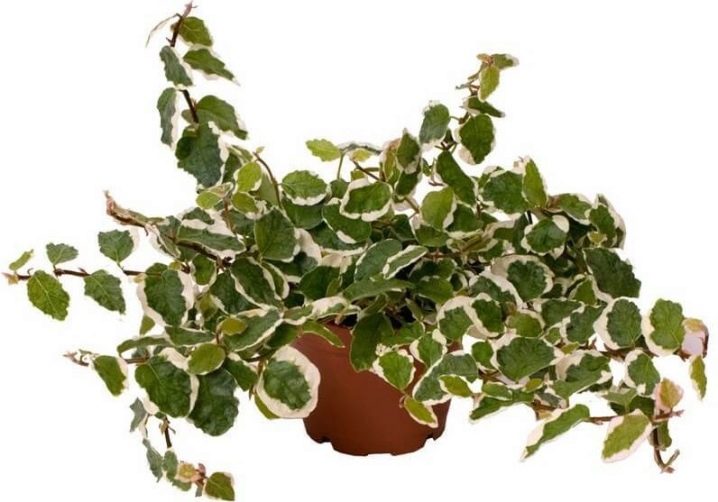
- "Sunny" has the same edging, only the line is dashed;

Dorte differs in leafy plates of a dark green hue, covered with creamy white spots.
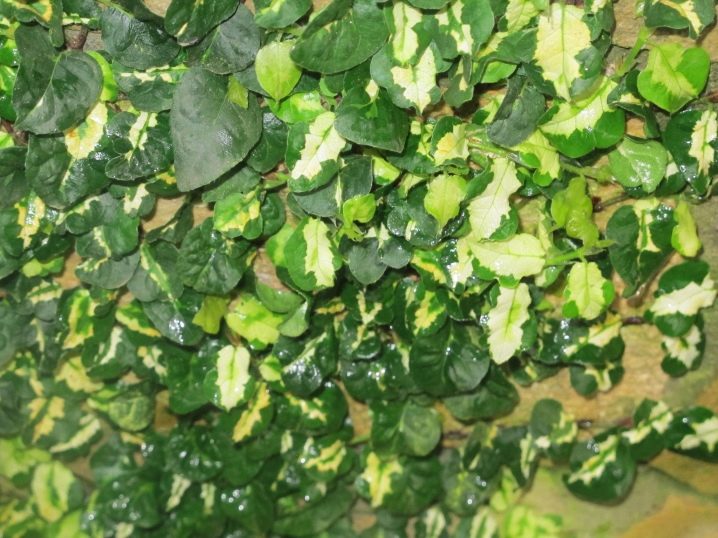
A number of spectacular specimens belong to the dwarf ficuses of this species:
"Green Kinky" - with colorful leaves of a light green hue, the crown lends itself well to formation, due to which the plant fits perfectly into any interior;
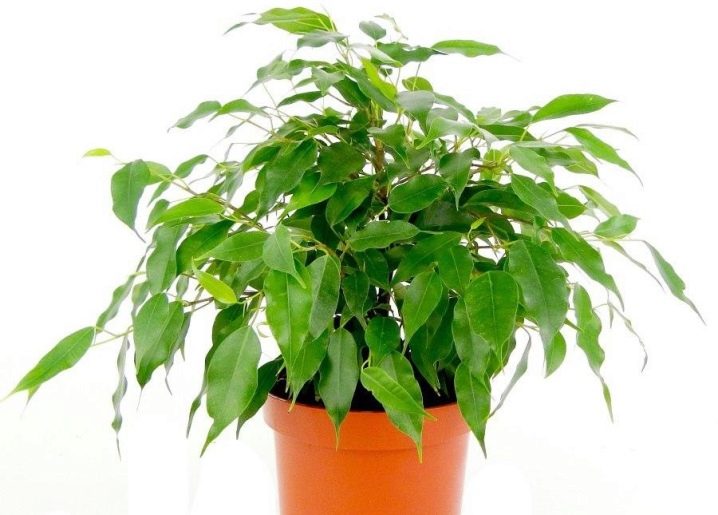
"Anuk" - a very rare variety with miniature oblong leaves of bright green color;
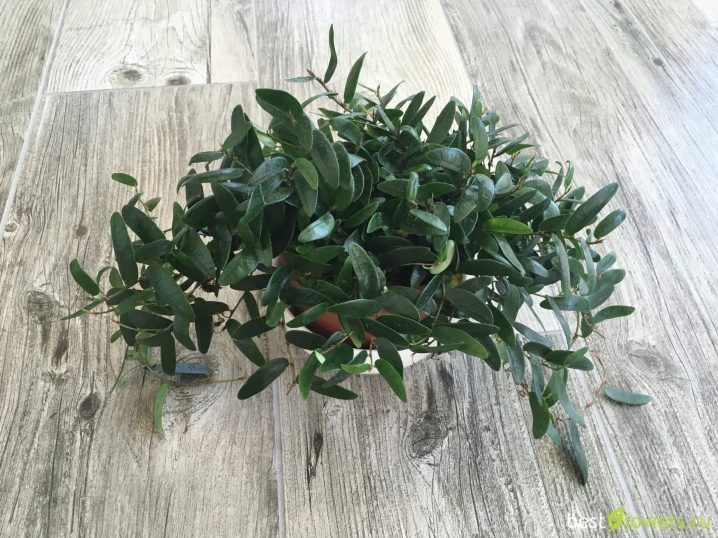
"Curly" - a variety with leaves of different colors and frames, as if collected from all varieties;
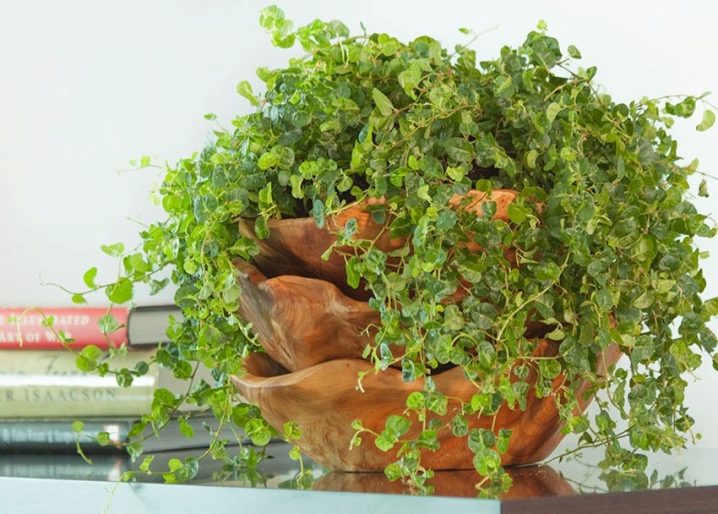
- "Golden heart" - with heart-shaped golden leaf plates;
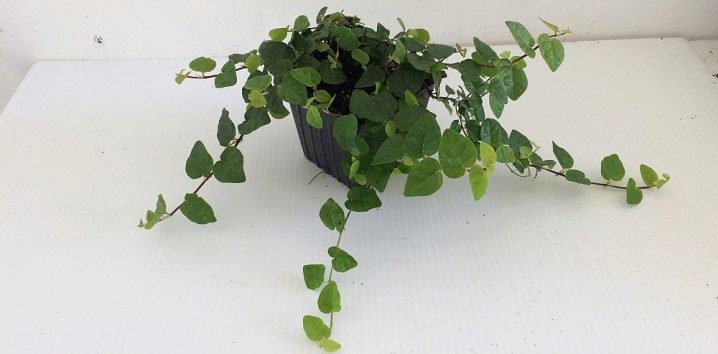
"Weaving dragonfly wings" - leaves of an unusual elongated shape, similar to the wings of an insect.
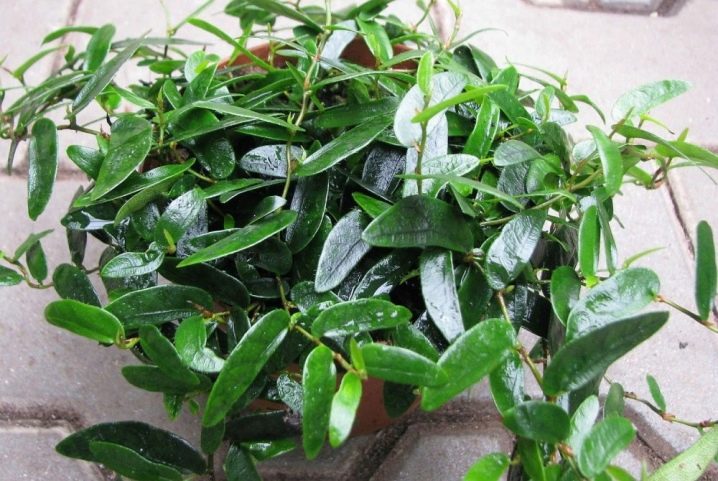
How to care?
Dwarf ficuses in an artificial environment are delicate and needing plants with a weak root system.
In order to provide them with the necessary care, it is necessary to pay attention to several factors:
lighting;
temperature;
humidity;
watering;
the soil.
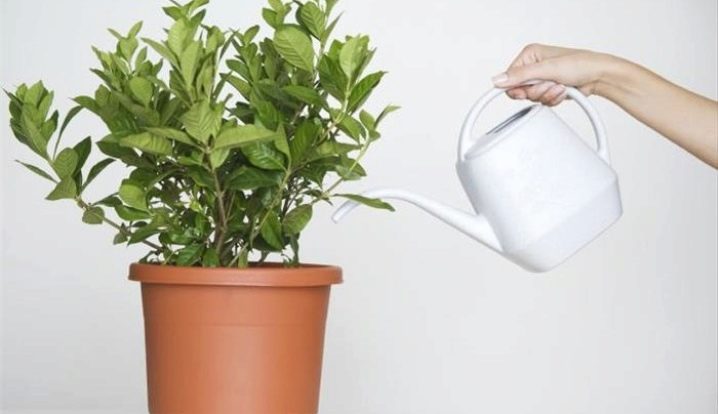
The plant tolerates both sunlight and partial shade well. It is better to make lighting diffused, it is worth avoiding direct rays. But with insufficient light, the two-colored ficus leaves lose their decorative light color and become monotonous green.
The optimal place for this plant is on the east or west window; when placed on the southern windowsill, the ficus must be shaded or placed at some distance from the window.
Lack of lighting can be compensated for by including fluorescent lamps.

In warm periods, the temperature in the room should be kept in the region of +20 +25 degrees, and in winter not below +10 +14, with a decrease in the number of irrigations. In summer, you can expose the plant to a balcony or terrace, but avoid direct sunlight and drafts. After that, it is necessary to carry out prophylaxis in order to avoid infection by pests or fungi.
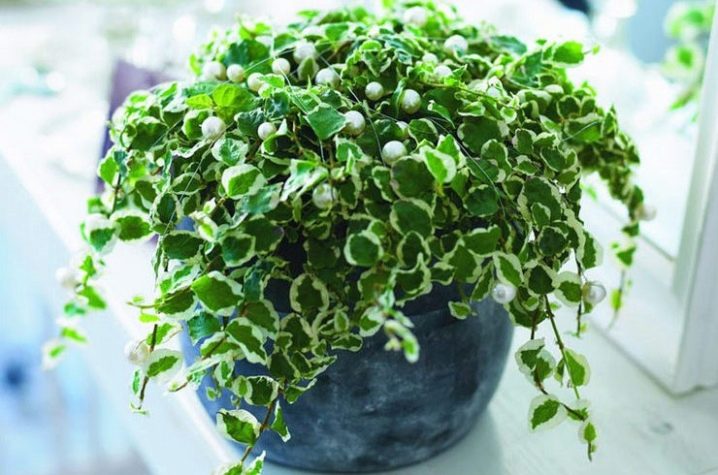
The flower needs sufficient moisture, dry indoor air can cause ficus diseases. For good plant growth and tenacity of aerial roots, it must be regularly sprayed with warm boiled water. This procedure should be carried out not only in the heat, but also during the heating season.
Once a week, you can rinse the ficus under a warm shower.
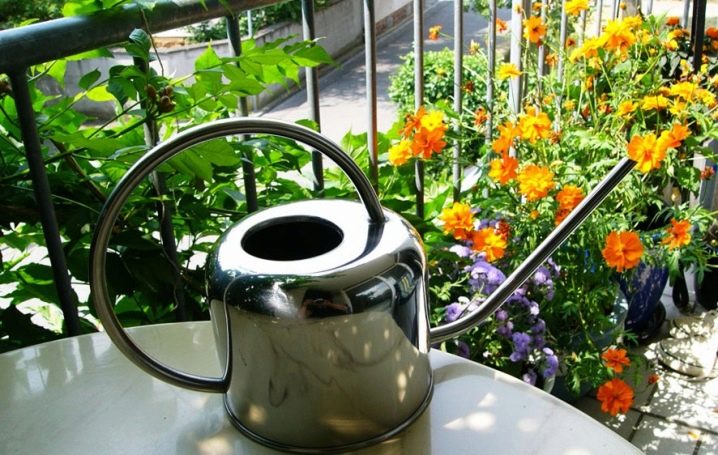
The plant is moisture-loving and does not tolerate drought. Due to the weak root system, the ficus receives moisture only from the top layer of the soil, so the earthen lump should always be slightly moistened.
To avoid moisture accumulation, drainage is placed on the bottom of the pot. For watering, take boiled or settled water at room temperature.
The amount of humidification depends on the season:
in summer time - every three days;
in the autumn-winter period - 1-2 times a week;
in the spring, during active growth, watering, if necessary, is best done with the addition of mineral fertilizers.
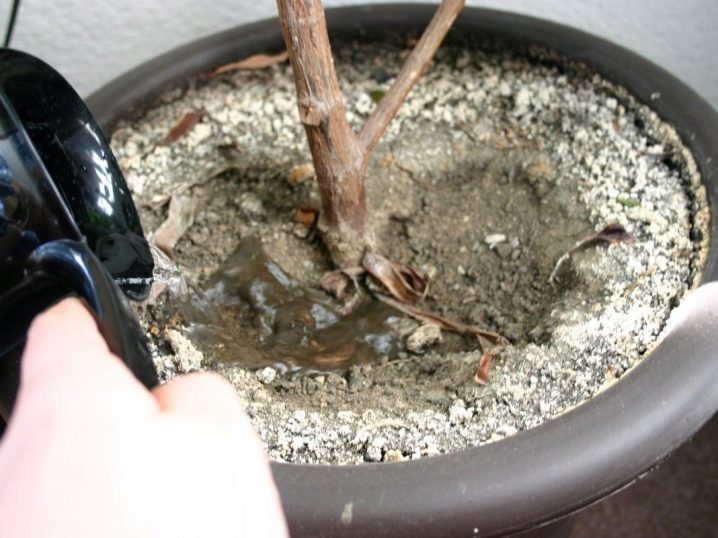
The remaining water in the pan after watering must be drained to avoid rotting of the roots and darkening of the leaf plates from an excess of moisture.
For ficus a drip system of soil moistening with a dispenser is well suited... Like any plant, it needs fertilizers, they are applied during the growing season 1 time in 2 weeks. At the beginning of autumn, feeding is stopped. Liquid fertilizers for ornamental deciduous plants are suitable for this species; they must be applied strictly according to the instructions so as not to harm the flower.
An ideal substrate for ficus will be a composition of leaf, sod and peat soil with coarse sand in equal proportions, you can add wood ash. Or buy a ready-made universal substrate in the store. To form a lush crown in spring, it is worth cutting off the shoots with a garden pruner, as well as dry leaves and stems for sanitary purposes.

Reproduction and transplantation
Pumila propagates by cuttings, which take root very quickly in moist soil or water. When roots appear, the plant is planted in a pot, but no more than six shoots in one container. Care is the same as for a mature ficus. Young plants need to be transplanted once a year, and over four years old as the roots grow. If small leaves appear and the shoots begin to degenerate, this means that the flower needs to be transplanted.
The first step is to choose a pot. It can be of any material, with a wide diameter and shallow.
Drainage from:
expanded clay;
broken brick;
small pieces of clay pots.
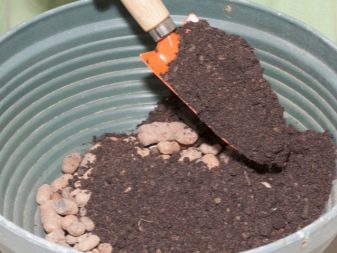
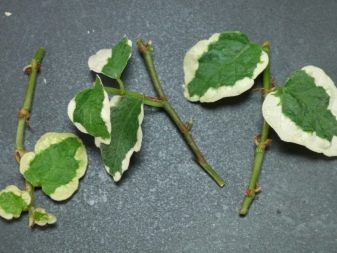
When transplanting, you must remember that the roots of the dwarf ficus are very delicate and easily torn, so the procedure should be done very carefully. It is necessary to replant the plant in early spring.
Dangers
The condition of the plant depends on the conditions in which it is located and the quality of care. Improper watering, humidity or lighting will damage the flower. When the situation is corrected, the position of the ficus will improve.
The most common problems:
leaves curl, dry up - lack of moisture;
leaf plates turn yellow and fall off - excess or deficiency of watering;
leaves shrink - a transplant is required;
loss of foliage - draft, sharp temperature drop, little light or excess moisture;
loss of variegation - lack of light or stress (such leaves must be removed immediately so that the entire plant does not change color).
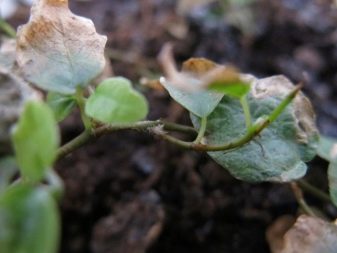
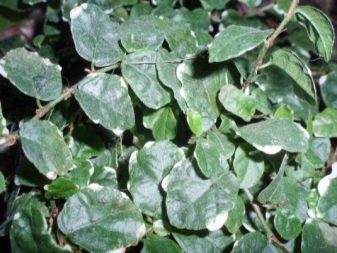
In rooms with low humidity and poor air exchange, ficus can damage spider mites. The fight against it is to irrigate the plant with a hot shower.Other dangerous pests: scale insects, thrips and aphids. To get rid of them a flower, you need to wash it well with soapy water and treat it with drugs, for example, "Actellik".
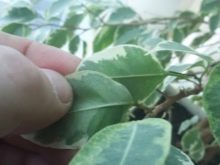
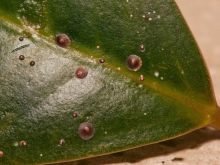
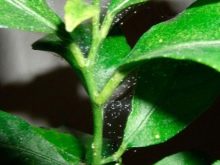
Various fungal diseases, including different types of rot, also cause harm to the plant. To prevent this, it is necessary to control the amount of watering. If the disease does appear, all rotten parts must be removed.
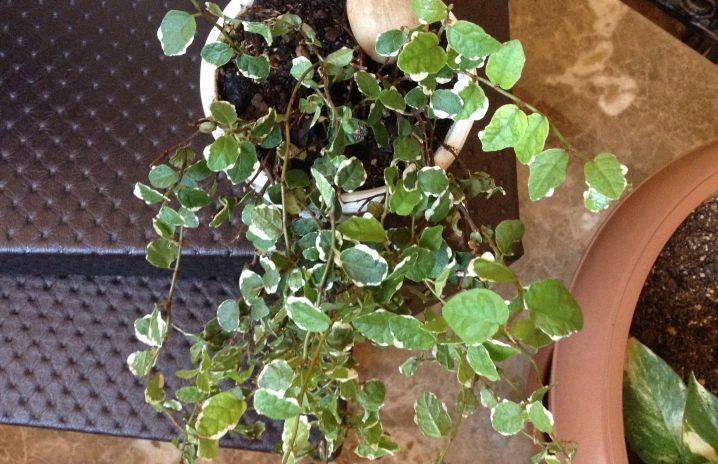
Ficus pumila is perfect as a decorative pet, and with simple care it will delight you with a luxurious green crown for a long time.
For possible problems with ficus pumila, see the video below.































The comment was sent successfully.